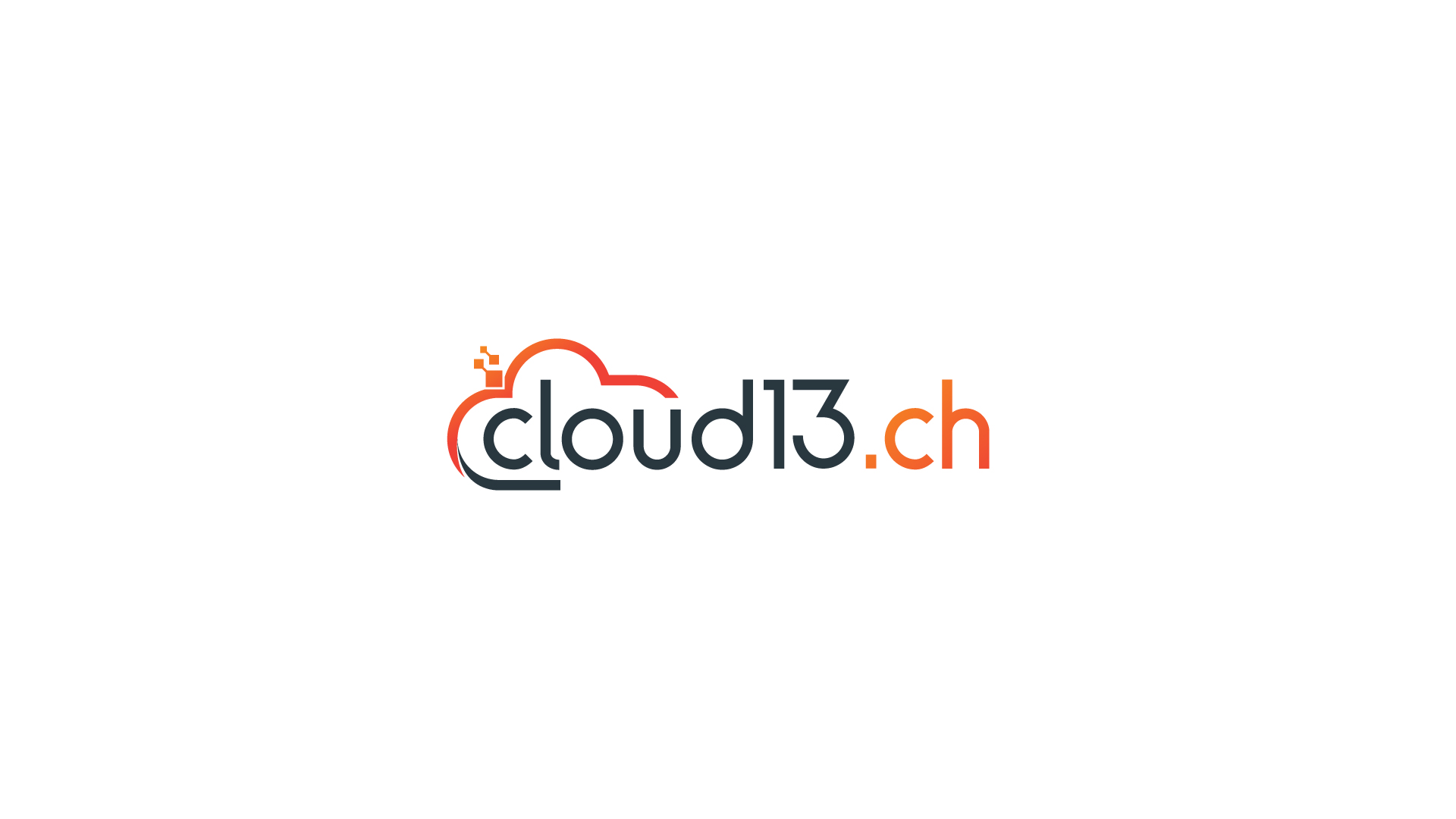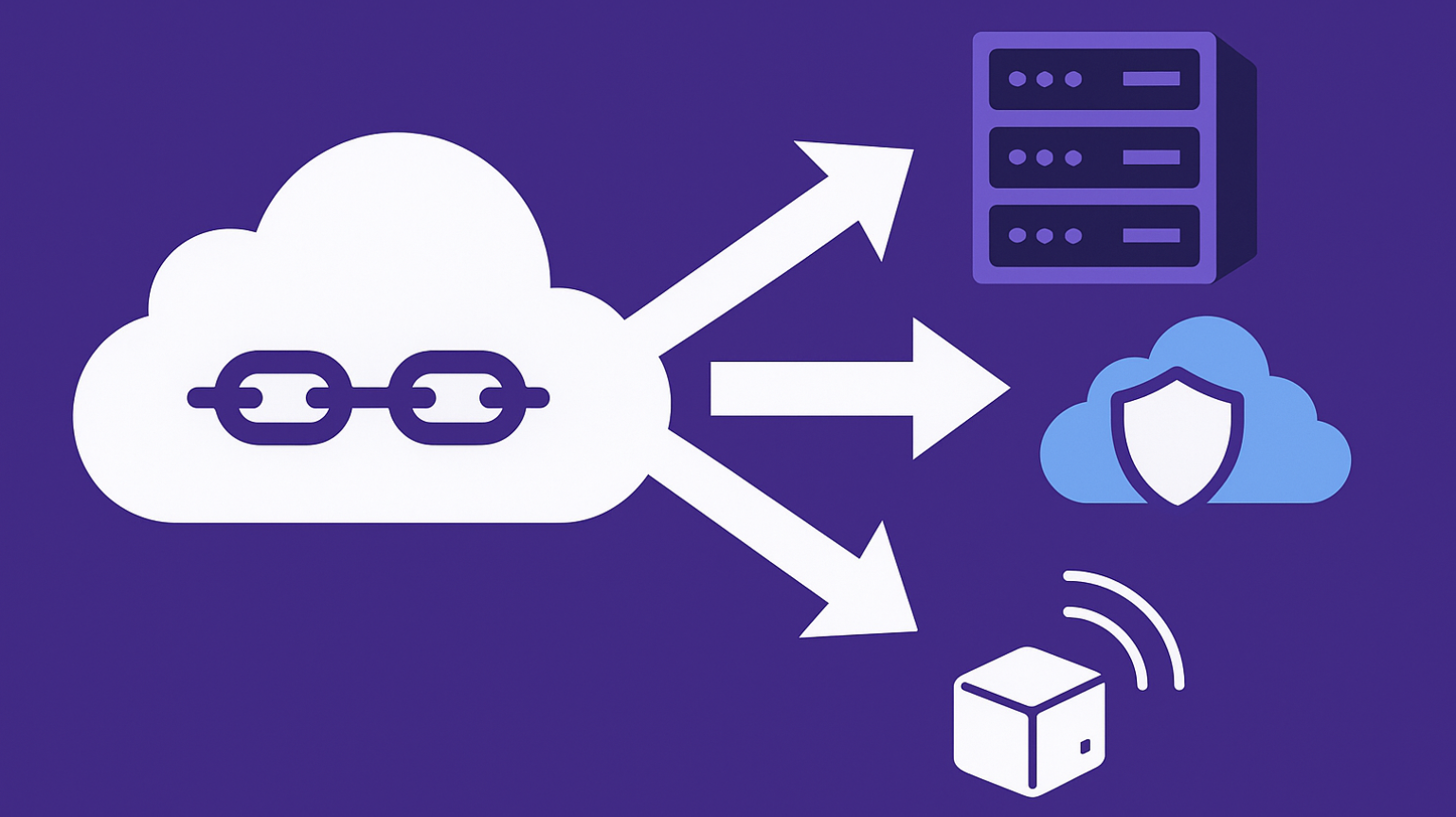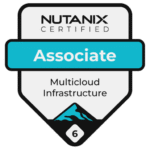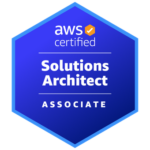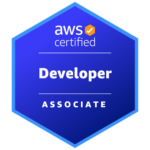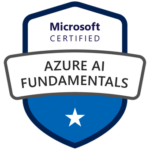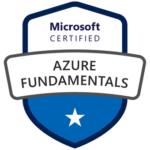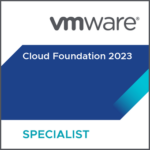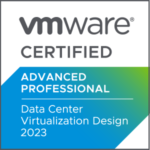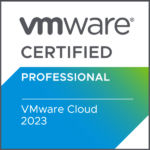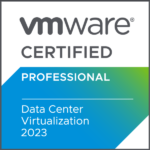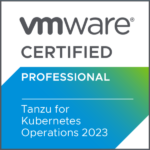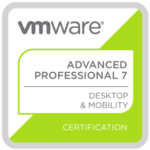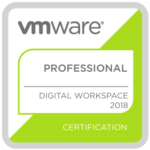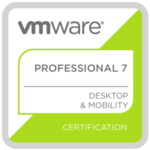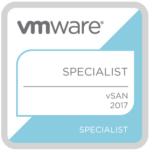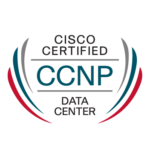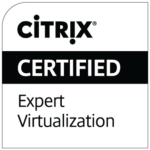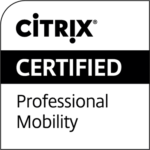For more than a decade, IT strategies were shaped by a powerful promise that the public cloud was the final destination. Enterprises were told that everything would eventually run there, that the data center would become obsolete, and that the only rational strategy was “cloud-first”. For a time, this narrative worked. It created clarity in a complex world and provided decision-makers with a guiding principle.
Hyperscalers accelerated digital transformation in ways no one else could have. Without their scale and speed, the last decade of IT modernization would have looked very different. But what worked as a catalyst does not automatically define the long-term architecture.
But what if that narrative was never entirely true? What if the cloud was not the destination at all, but only a chapter? A critical accelerator in the broader evolution of enterprise infrastructure? The growing evidence suggests exactly that. Today, we are seeing the limits of mono-cloud thinking and the emergence of something new. A shift towards adaptive platforms that prioritize autonomy over location.
The Rise and Fall of Mono-Cloud Thinking
The first wave of cloud adoption was almost euphoric. Moving everything into a single public cloud seemed not just efficient but inevitable. Infrastructure management became simpler, procurement cycles shorter, and time-to-market faster. For CIOs under pressure to modernize, the benefits were immediate and tangible.
Yet over time, the cost savings that once justified the shift started to erode. What initially looked like operational efficiency transformed into long-term operating expenses that grew relentlessly with scale. Data gravity added another layer of friction. While applications were easy to deploy, the vast datasets they relied on were not as mobile. And then came the growing emphasis on sovereignty and compliance. Governments and regulators, citizens and journalists as well, started asking difficult questions about who ultimately controlled the data and under what jurisdiction.
These realities did not erase the value of the public cloud, but they reframed it. Mono-cloud strategies, while powerful in their early days, increasingly appeared too rigid, too costly, and too dependent on external factors beyond the control of the enterprise.
Multi-Cloud as a Halfway Step
In response, many organizations turned to multi-cloud. If one provider created lock-in, why not distribute workloads across two or three? The reasoning was logical. Diversify risk, improve resilience, and gain leverage in vendor negotiations.
But as the theory met reality, the complexity of multi-cloud began to outweigh its promises. Each cloud provider came with its own set of tools, APIs, and management layers, creating operational fragmentation rather than simplification. Policies around security and compliance became harder to enforce consistently. And the cost of expertise rose dramatically, as teams were suddenly required to master multiple environments instead of one.
Multi-cloud, in practice, became less of a strategy and more of a compromise. It revealed the desire for autonomy, but without providing the mechanisms to truly achieve it. What emerged was not freedom, but another form of dependency. This time, on the ability of teams to stitch together disparate environments at great cost and complexity.
The Adaptive Platform Hypothesis
If mono-cloud was too rigid and multi-cloud too fragmented, then what comes next? The hypothesis that is now emerging is that the future will be defined not by a place – cloud, on-premises, or edge – but by the adaptability of the platform that connects them.
Adaptive platforms are designed to eliminate friction, allowing workloads to move freely when circumstances change. They bring compute to the data rather than forcing data to move to compute, which becomes especially critical in the age of AI. They make sovereignty and compliance part of the design rather than an afterthought, ensuring that regulatory shifts do not force expensive architectural overhauls. And most importantly, they allow enterprises to retain operational autonomy even as vendors merge, licensing models change, or new technologies emerge.
This idea reframes the conversation entirely. Instead of asking where workloads should run, the more relevant question becomes how quickly and easily they can be moved, scaled, and adapted. Autonomy, not location, becomes the decisive metric of success.
Autonomy as the New Metric?
The story of the cloud is not over, but the chapter of cloud as a final destination is closing. The public cloud was never the endpoint, but it was a powerful catalyst that changed how we think about IT consumption. But the next stage is already being written, and it is less about destinations than about options.
Certain workloads will always thrive in a hyperscale cloud – think collaboration tools, globally distributed apps, or burst capacity. Others, especially those tied to sovereignty, compliance, or AI data proximity, demand a different approach. Adaptive platforms are emerging to fill that gap.
Enterprises that build for autonomy will be better positioned to navigate an unpredictable future. They will be able to shift workloads without fear of vendor lock-in, place AI infrastructure close to where data resides, and comply with sovereignty requirements without slowing down innovation.
The emerging truth is simple: Cloud was never the destination. It was only one chapter in a much longer journey. The next chapter belongs to adaptive platforms and to organizations bold enough to design for freedom rather than dependency.
